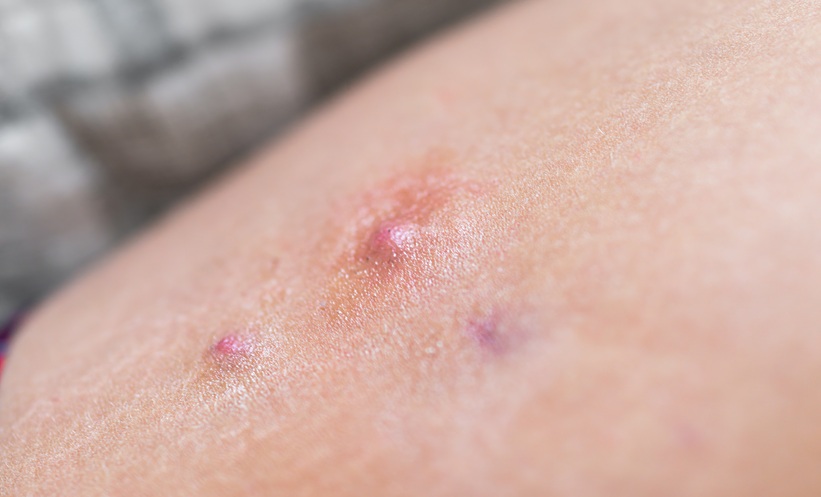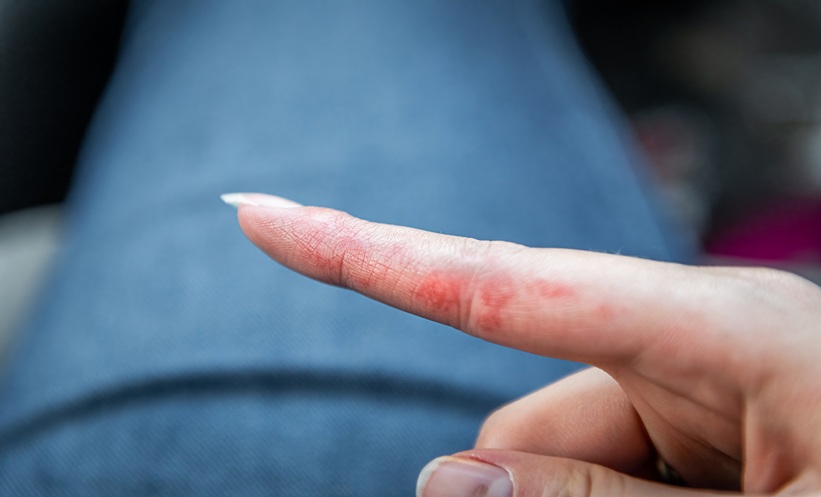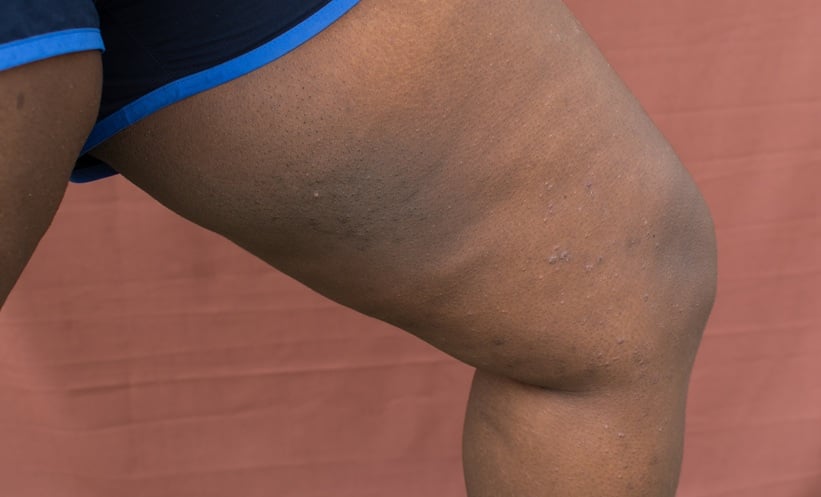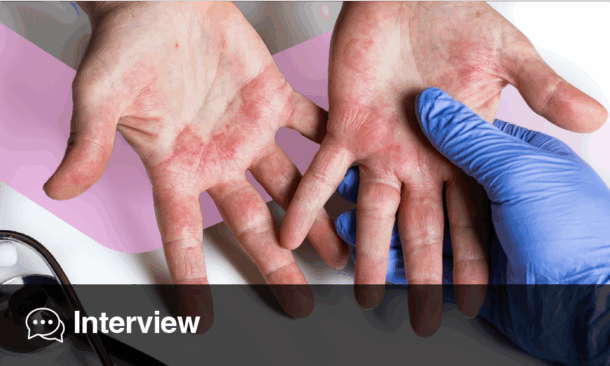HIDRADENITIS suppurativa (HS) is a chronic, relapsing inflammatory skin disease marked by painful lesions, drainage, odour and fatigue that can profoundly disrupt daily life and psychosocial wellbeing. Capturing these patient-centred impacts is essential when judging treatment benefit, which is why the HiSTORIC initiative defined a core outcome set for HS that includes HS-specific health-related quality of life (HRQoL). Existing dermatology tools (e.g., DLQI, Skindex) are broad and may miss HS-specific features, prompting development of the Hidradenitis Suppurativa Quality of Life questionnaire (HiSQOL©) with patients, clinicians and measurement experts.
This study evaluated the psychometric performance and interpretability of HiSQOL using data from two multinational Phase III trials (BE HEARD I & II) of bimekizumab in moderate-to-severe HS. Confirmatory factor analyses supported the three HiSQOL subscales (symptoms; activities–adaptations; psychosocial) with adequate item loadings, while bi-factor and one-factor models also justified a unidimensional total score. Construct validity was demonstrated by moderate-to-strong positive correlations with DLQI at baseline and week 16. Correlations with the inflammatory HS severity (IHS4) index were weaker at baseline but generally became moderate by week 16, reflecting differences between clinician-reported and patient-reported constructs.
Known-groups validity was consistent: patients with more severe Hurley stage, HS PGA, PGI-S-HS or IHS4 had higher (worse) HiSQOL scores. Reliability was strong, with high internal consistency at baseline and week 16 and acceptable test–retest reliability across multiple intervals. Sensitivity to change was supported by associations between improvements in HiSQOL and PGI-S-HS from baseline to week 16.
Clinically meaningful within-patient improvement thresholds were derived using anchor- and distribution-based methods aligned with FDA guidance: a 5–6-point decrease for the symptoms subscale; 4–5 for psychosocial; 10–11 for activities–adaptations; and 20–21 for the total score. Corresponding minimally important differences (based on a one-point PGI-S-HS change) were approximately half these values, around 15% of each scale’s range. Severity bands for interpretation were also established with good discriminant power.
Limitations include trial-based sampling (adult, moderate-to-severe HS), absence of worsening thresholds due to overall improvement, and no cross-country analyses, though multilingual use is a strength. Overall, HiSQOL demonstrated robust validity, reliability and responsiveness, providing clear thresholds to interpret change and severity, supporting its use in trials and, as now recommended by HiSTORIC, in routine clinical practice.
Reference
Kirby JS et al. Psychometric validation and interpretation thresholds of the Hidradenitis Suppurativa Quality of Life (HiSQOL©) questionnaire using pooled data from the phase III BE HEARD I & II trials of bimekizumab in hidradenitis suppurativa. Br J Dermatol. 2025;193(1):93-104.







